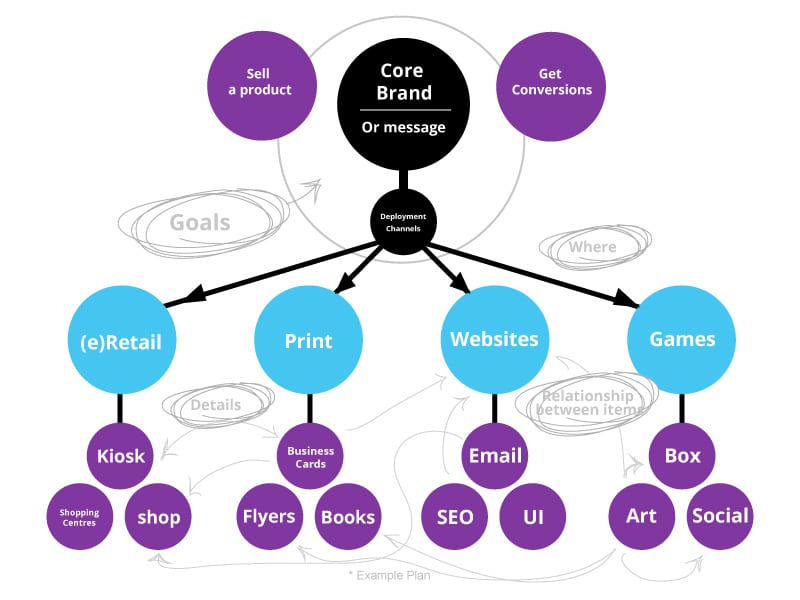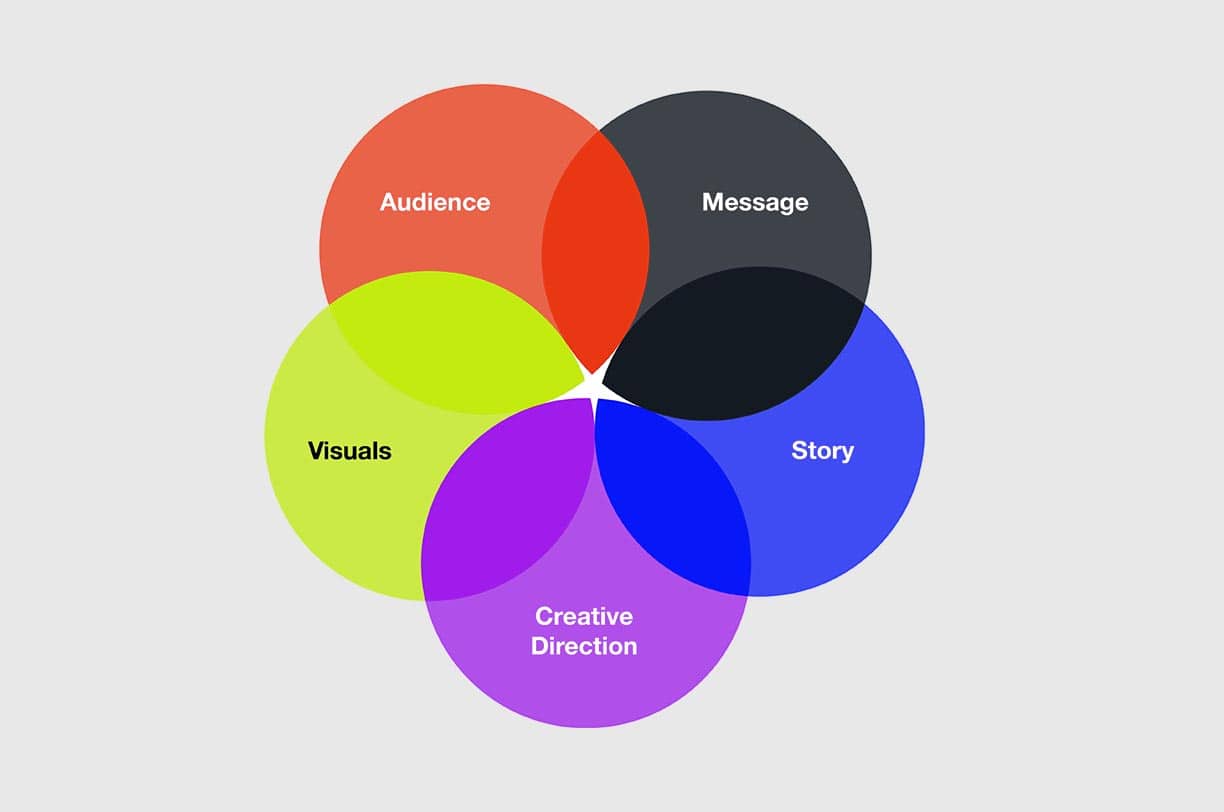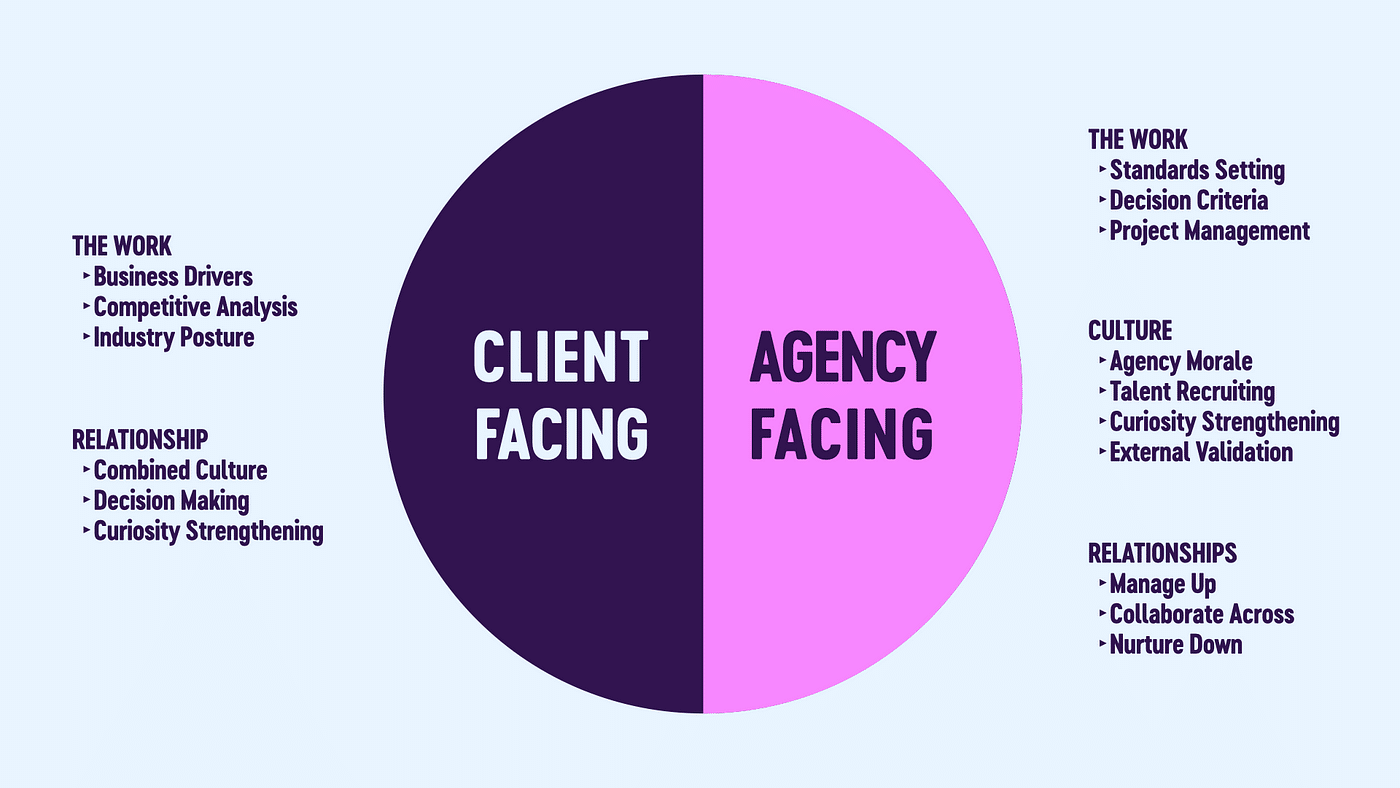The exciting field of creative direction unites strategy, creativity, and artistry. Art direction is the driving force behind the visual narratives, branding, and captivating execution of ideas in various creative industries, including advertising, fashion, film, and design.
Comprehending Creative Direction
Fundamentally, art direction is arranging different artistic components to express a coherent idea or a particular feeling. It includes a thorough comprehension of storytelling, aesthetics, market trends, and audience preferences. In addition to being a visionary artist, a creative director is also a strategic thinker who transforms ideas into powerful visual experiences.

The Creative Director’s Role
When it comes to developing and carrying out a project’s or brand’s creative vision, a creative director is essential. They work closely with photographers, writers, designers, and other creative experts to guarantee quality and uniformity in all aspects of the finished product. A creative director impacts all aspects of the creative process, from planning campaigns to managing production, notably in art and design services.
Important Duties and Proficiencies
Among the many duties and abilities involved in creative direction are the following:
Conceptualization
Creating creative notions and ideas in line with brand goals. Converting intangible ideas into recognizable narratives and visual components.
Strategic Planning
Developing innovative strategies requires market research and trend analysis. Establishing thorough project schedules and strategies to guarantee on-time delivery.
Collaboration
Working with cross-functional groups to incorporate innovative ideas into more comprehensive plans. Giving creative teams direction and criticism to achieve the best outcomes.
Brand Identity
Using narrative and a standardized visual language to establish and preserve a brand’s identity. Ensuring that all creative materials follow brand guidelines.
Leadership
Encouraging and stimulating innovative teams to reach high standards of performance. Serving as a coach and mentor to develop talent and promote teamwork.
Innovative Approaches in Various Sectors
Distinct industries have distinct manifestations of creative direction:
Marketing and Advertising
Creating effective marketing efforts that connect with target consumers, creating messaging plans and brand narratives for efficient communication.
Fashion and Design
Establish aesthetic standards and define trends in these fields. Directing editorial layouts, runway displays, and photo sessions to create powerful visual narratives.
Film and Media
Directing visual components for TV and film projects, such as graphics, sets, and cinematography. Working together with producers and directors to add visual flair to scripts.
Digital and Interactive Media
Utilizing user interfaces, interactive content, and web design to create fully immersive digital experiences. Utilizing creativity and technology to engage viewers in novel ways.

The Creative Direction’s Evolution
Creative direction is always evolving due to changes in customer behavior and technological improvements. Creative directors now have to constantly adapt and innovate due to the new opportunities presented by the digital age for interactive storytelling, virtual experiences, and personalized content.
Explore More Power of Corporate Identity Design: A Comprehensive Guide
FAQs Regarding Art Direction
Creative direction: what is it?
The task of monitoring a project or brand’s artistic and visual components to guarantee compelling communication and cogent storytelling is known as creative or art direction.
What is the role of a creative director?
Creating and carrying out creative initiatives, leading design teams, maintaining brand coherence, and promoting innovation in visual communication are all under the purview of a creative director.
What qualifications are required to work as a creative director?
Creative thinking, strategic planning, communication, leadership, design proficiency, project management, and a thorough grasp of branding and marketing are all necessary for a creative director.
What role does art direction have in distinguishing a brand?
Through the development of distinctive visual identities, gripping narratives, inventive campaigns, consistent messaging, targeted audience engagement, innovative design, and emotional connections with customers, arrt direction helps brands stand out from the competition.
Which sectors usually need art direction?
Art direction is essential for driving artistic vision, brand identity, and communication strategies in industries including advertising, marketing, fashion, design, film, media, digital media, and branding.

What kinds of obstacles do creative directors encounter in their work?
Creative directors may have to manage varied creative teams, fulfill deadlines, maintain industry trends, adjust to changing customer preferences and technological advancements, and strike a balance between creativity and business objectives.
What are the steps involved in pursuing a creative career?
To pursue a career in an art direction, people need first to develop their design and leadership abilities, obtain the necessary education and experience in creative domains, hone their portfolio-building skills, network with specialists in the field and have an innovative and inquiring mindset.
What distinguishes an art director from a creative director?
Although both positions entail managing creative elements, an art director usually concentrates on the visual design, layout, and execution of particular projects within the larger framework of art direction, whereas a creative director is more concerned with strategic vision, brand identity, and overall art direction.
What effects does creative direction have on brand loyalty and consumer perception?
Through memorable experiences, strong emotional bonds, and a consistent brand message, art direction shapes customer perception and increases brand awareness, advocacy, loyalty, and favorable brand connotations.
Which industries have successful instances of creative direction?
Iconic branding campaigns, inventive product designs, powerful advertising campaigns, immersive digital experiences, memorable brand activations, and visually striking storytelling across several media platforms are a few instances of effective art direction.
In summary
Beyond merely artistic vision, creative direction also involves strategic thinking, teamwork, and mastering storytelling. Art direction is the engine that propels unforgettable advertisements, iconic designs, and immersive experiences. It changes our minds, arouses our feelings, and spurs innovation in the ever-changing field of creativity.

